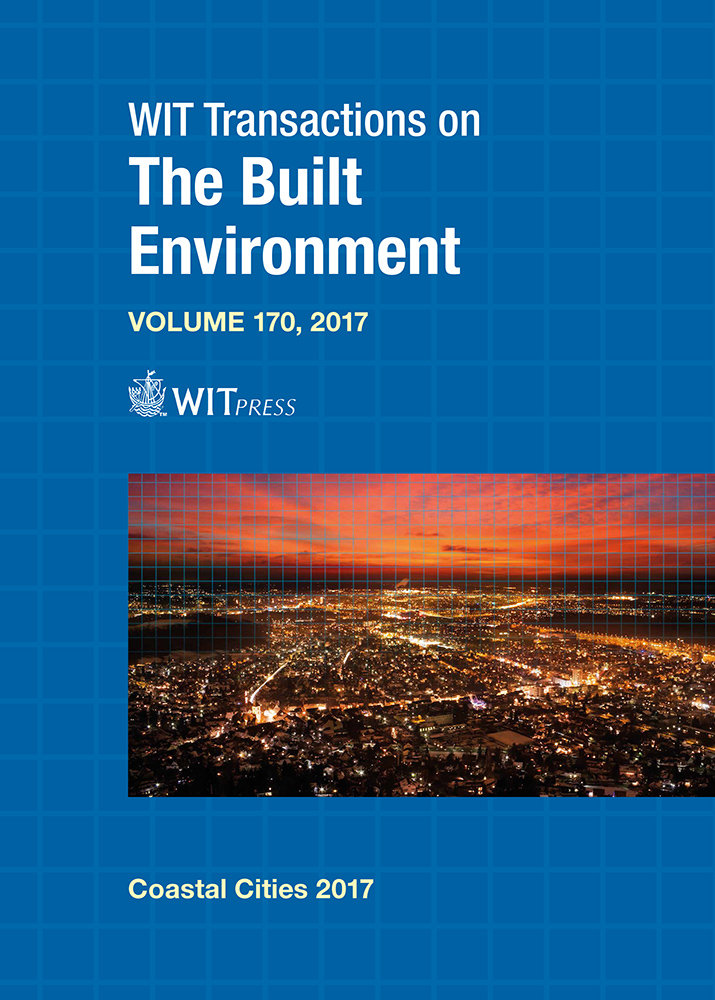URBAN DEVELOPMENT AND INTEGRATED COASTAL ZONE MANAGEMENT IN THE BAY OF CADIZ
Price
Free (open access)
Transaction
Volume
170
Pages
10
Page Range
117 - 126
Published
2017
Size
990 kb
Paper DOI
10.2495/CC170121
Copyright
WIT Press
Author(s)
MARIA DE ANDRES, JUAN M. BARRAGAN
Abstract
Coastal areas record a clear process of demographic concentration. This process is of great importance in Spanish coastal zones, where cities and agglomerations develop the majority of economic activities. Moreover, the coastal zone is the region where vulnerable coastal-marine ecosystems are located.
The Bay of Cadiz is a clear example of this development model. The terrestrial, marine and intertidal area of this bay has a surface of 44349 ha, and covers six municipalities: Rota, El Puerto de Santa María, Puerto Real, Chiclana, San Fernando and Cádiz. The population of this area is mainly urban, and amounts more than 400,000 inhabitants. Moreover, all of these municipalities, except Rota, are involved in a protected area: Natural Park Bay of Cadiz.
This protected area presents singular characteristics; on the one hand, because of the quantity of coastal ecosystems and habitats in these intertidal areas, on the other hand, due to the great influence of human development modifying the environment. Growth of cities in this area has associated an increase of infrastructures and urban facilities on coastal and marine ecosystems, causing fragmentation and loss of important ecosystem services.
The communication developed is focused on the study of the Bay of Cadiz as a social-ecological system, where the development of cities and infrastructures, and the ecosystem diversity, cause the necessity of an integrated management in these coastal areas.
Keywords
urban areas, Bay of Cadiz, Natural Park, ecosystem services, ICZM





